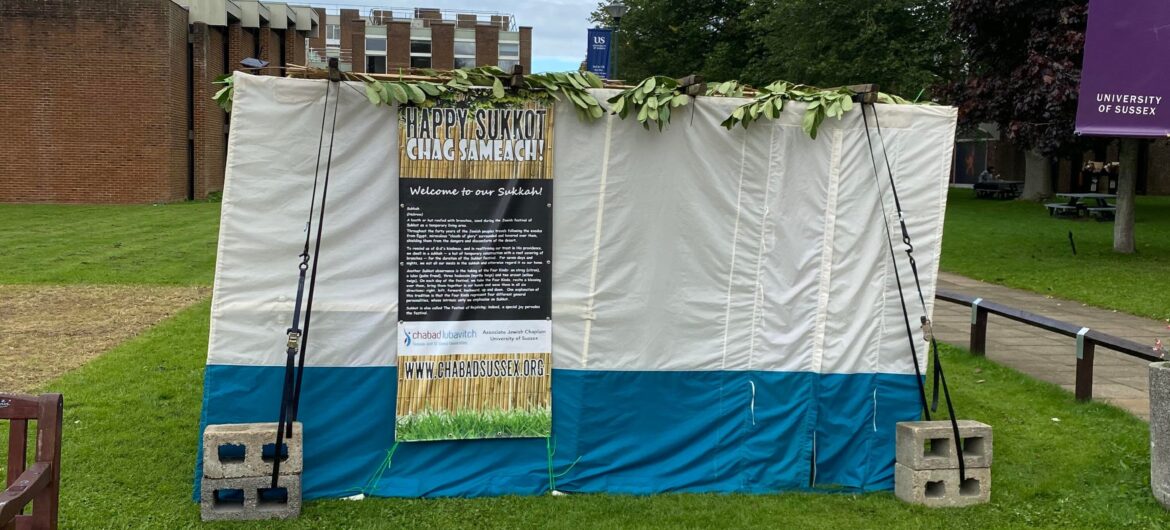Olly DeHerrera
If you’ve been on campus for many years now, you’ll recognise the little blue house as a yearly feature in the early autumn landscape of library square. The building of this hut, known as a Sukkah, is actually one part of a larger, almost month-long, period of festivals and observance for Jewish people. Sometimes called the “high holidays”, the early autumn period of observance marks the beginning of the Hebrew calendar new year. Whilst most students on campus are only just beginning to think about 2023, Jewish students have already welcomed in the Hebrew year 5783, according to one of the oldest kept calendars in the world.
The festival of Sukkot, and the building of a Sukkah, represents the biblical 40 years which the ancient Hebrews (Jews) spent in the Sinai desert, living a hard nomadic life in makeshift huts after fleeing enslavement in Egypt. During the 8-day festival of Sukkot, observing Jews will eat meals and ideally sleep at least one night in the Sukkah hut (although you’re highly unlikely to find anyone camping out in the library square one). Spending time in the hut helps remind Jewish people of the tough journey of their ancestors, as well as the continued hardships of diaspora and displacement that permeate the Jewish experience.
If you want to wish your Jewish friends and colleagues a good Sukkot, you can use the phrase ‘Chag Sameach’ (pronounced khag sah-mey-akh), meaning happy holidays; and if you are observing yourself, we wish you Chag Sameach Sukkot from The Badger!




